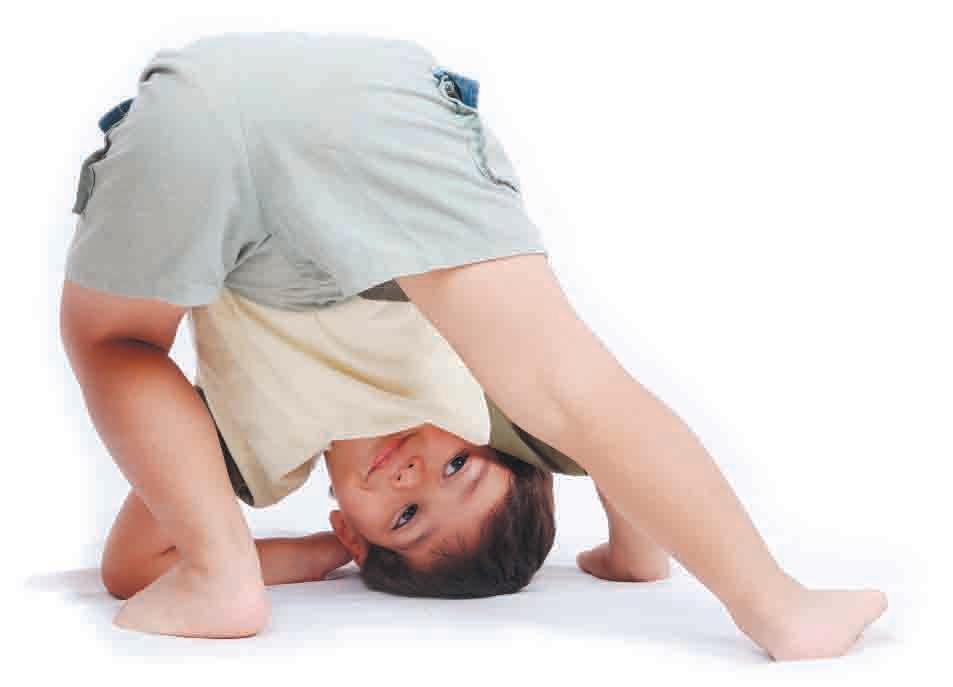
3 minute read
Film
from Feb. 16, 2012
Theimpor Send theplay tanceof
kids outside and let them explore
Advertisement
by Tim Hauserman
When I was a kid, we played.We left the house in the morning and spent the day running through the woods, playing whiffle ball in the driveway,or football on the street.As long as we were running and trying to outwit each other,we were happy. When the weather was nasty,we played in the snow until we got cold,then we invented indoor games.One of my favorites involved using a hanger crammed into the top of a door jamb as the basket,and two rolled up socks as a ball.It was the only place this smallest kid in the class could actually stuff the basket.Parents? I am not sure where they were.They had more important stuff to do than worry about kids playing.
We were not obese. We were not bored. We were exploring and discovering our environment, and letting our imaginations fly. We had no idea that we were also developing our brains and learning personal responsibility. We were just playing. So what happened? Why did our society give up on free play?
Somehow we decided that free play is too dangerous for kids, when in fact, it is more dangerous for the future of kids not to play. As Lenore Skenazy says in her book, Free Range Kids, we have changed to a society where “any risk is seen as too much risk.” Even though we live in a time that is actually much safer than it was when we I was a kid, we feel it must be much more dangerous. I mean look at the kidnappings that keep popping up on TV… and apparently if you watch the news you learn that it is dangerous to be a pretty blonde and travel to a Caribbean island. In reality, murder just got dropped off the top 15 causes of death in the United States for the first time in a long time, but you won’t hear about that on the local news.
With parents too scared to let kids go out on their own and play, we have developed structured athletic activities instead. The problem with that, says Hara Marano, author of A Nation of Wimps: The High Cost of Invasive Parenting, “is that the organized sports many kids participate in are managed by adults; difficulties that arise are not worked out by kids but adjudicated by adult referees. Nor is it, in any sense of the term, free play. It doesn’t arise from desires or rules that emanate from the kids themselves.There is no spontaneity.It doesn’t reflect the free-flowing mental activity of children.” It is this free-flowing part of playing that helps kids learn how to handle situations on their own and grow up to become responsible adults. Instead of keeping our kids between the straight lines of a soccer field, they need to start running in the woods and take their feet wherever their brain takes them.
Marano says, “The protectionism that takes all the free play and all the risk out of life for kids rests on a notion of children’s frailty—the assumption that children are easily bruised.The fact is, too much protectionism creates frailty. Not only do children fail to develop coping skills for life’s vicissitudes, and fall apart when they hit a speed bump, kids come to think that something must really be wrong with them if they need so much protection.”
Sure, car seats and bike helmets make sense. But attempting to protect our kid from every split lip or skinned knee will make them too afraid to take on the realities of life. We need to return to this approach to life: I fall down, I get up, I try again—compared to the now more common approach: I fall down, it must be someone’s else’s fault, who can I sue?
Anybody can play. It does not require props or rules, just an imagination and time. We have decided that kids need to be busy every minute of every day with structured activities, so sometimes free time is in short supply, but it’s worth cut-








